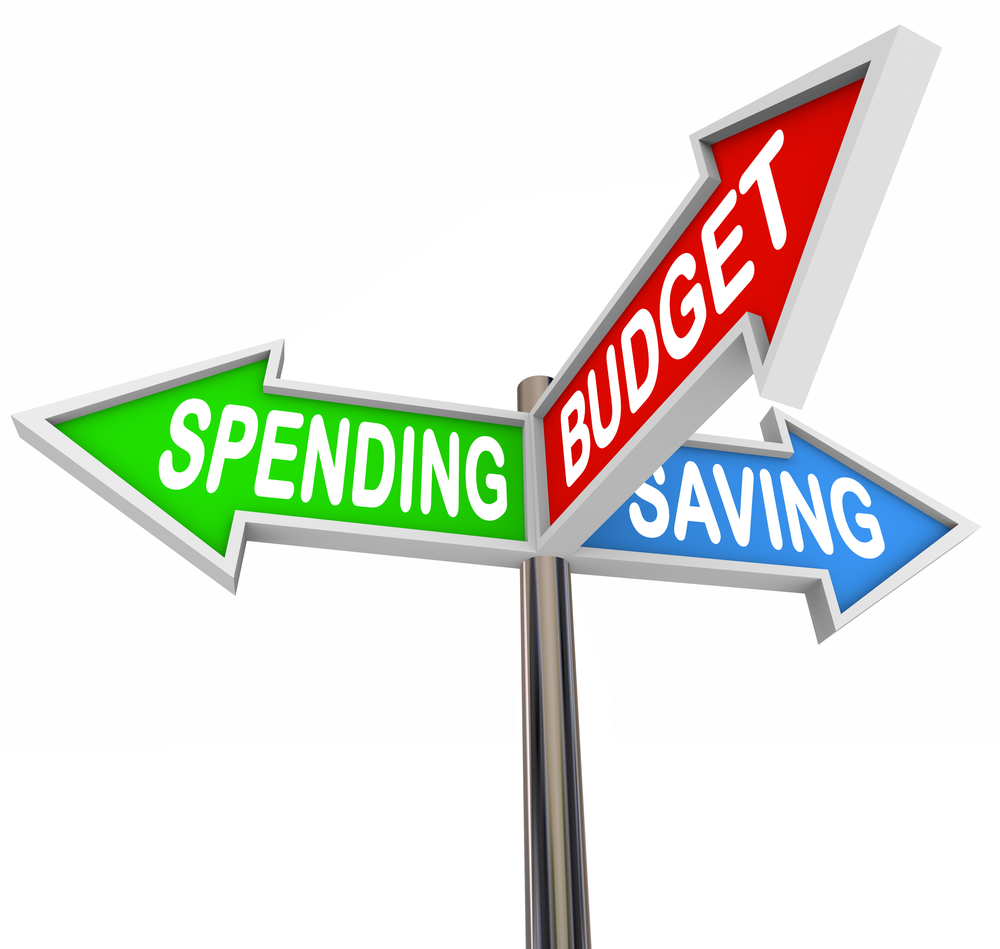With January being the month where everything seems like a clean slate chock full of resolutions and goals, there is no better time to think about how you can improve as a parent. Something I’ve been thinking about recently is teaching the boys the value of a dollar and what it means to save up for something to purchase as well as save up for the future.
I’ll be honest. I think my boys have very little concept of money. And we’re totally to blame. Growing up in a nice home with nice cars and where traveling around the country is normal and even, at times, demanded by B (he loves his airports) it can be tricky to teach the boys that A. All of this costs, a lot and B. It took some work getting there.
The other day as we were driving to the grocery store the boys, per usual, were picking out their favorite cars on the road. A Porsche drove by and L exclaims ‘mom, did you know that only smart people drive Porsches?’
Excuse me?
Dad said that you have to be really smart to be able to afford a Porsche.
Wise wisdom, M. Thanks for that. Let’s try to understand this in another way, shall we?
At this point in our lives, I’m sure a lot of us wish we could start fresh with finances. I know that I wish that I had learned a bit more growing up about how vital it is to stow that cash away and let it build over time and basically, what a dollar means. With most elementary curriculum focused on the usual subjects like history, science or math, our kids aren’t being taught much at all about finances. So, at the end of the day, it’s up to us to cash in on the opportunity to start them early and set them up for success.
Now I’m not saying that we should dive into giving them rigorous lessons, but there are definitely steps that we can take to give a basic financial understanding. I found a bunch of really awesome articles on this subject that sort of divide concepts by the age that kids are most likely to grasp them. With L being nine years old and B three years old, these are ideas that I’ll be using this year.
Saving (Age 4-6)
I know I’m not overstepping in saying that this is a concept that some of us are still working on, but there are really simple ways that we can teach our kids the importance of saving. Let’s face it. Kids these days are ridiculously smart. From the mobile devices to the lightning speed at which they search the internet, they just seem to always know a bit more than you think they do. Dropping change into a piggy bank and letting it pile up is one thing, but really diving into the concept of saving can prove to be quite beneficial in the long run.
When you are in a store with the kids, be sure to remind them why you are there. Saying things like “we’re here just for groceries, not anything for you” will let them know that they won’t be able to get something every time they go to the store with you. This hints at the concept that they may have to wait and save up to buy something they want.
Setting up jars at home could also be a huge help with this. One labeled ‘Spend’ and the other ‘Save’ will allow them to see the money they put in the ‘Save’ jar build over time. Talk with them. Ask them what they would want if they had enough money to buy it (realistically, especially if they say a spaceship or something cute that kids always say). Come up with a matching deal. For every $20 they put into the ‘Save’ jar, you’ll match it. This gives incentive much like banks incentivize adult finances.
Even something as simple as giving them two small pieces of candy at the start of the day and allowing them to only eat one and save one until later in the week will help here. This will actively illustrate the idea that putting a tiny bit aside per day will grow into a small handful of candy by the weekend.
Smart Purchasing Habits and Budgeting (Age 6-8)
Once your young ones have a decent understanding of saving and letting their money build, you can start to slowly give them the independence of making choices about how they want to spend their money. We all know the age-old saying ‘money doesn’t grow on trees,’ but it’s important to let your kids know that money isn’t an infinite thing. Once you spend all the money that you have, you can’t buy anything. Seems like such an obvious concept to us adults, but to them it’s concept that has to be learned.
Here’s another thing that you can do while at the store with the kids that will help better explain the concept of budgeting and smart consumerism. Explain as you shop why you choose certain brands over another. For example, if you buy a generic brand of something, tell them that it’s because it’s virtually the same thing and is 60 cents cheaper. These purchasing habits can add up over the long term. I always try to buy in bulk too, so I think this is another thing to touch on since a lot of bulk items like toilet paper or paper towels are significantly cheaper.
Once you think they have a decent understanding of these things, try giving them a few dollars when you go get groceries and tell them to buy some fruits or vegetables and see what they choose. This will give them a hands-on experience of making active choices with money.
Debt Management (Age 8+)
I’m already sort of freaking out about college costs, and the kids aren’t even in junior high yet! All these articles about student debt are scary as a parent, especially because I know we all want our little ones to succeed. Debt is a bit more complex of a concept, so I chose to throw it in at the end here. A Forbes article that I came across mentioned that showing your kids bills or mortgage statements could be helpful in seeing how debt works, and that it doesn’t just POOF into thin air (as much as I sometimes wish it would!). I so love this idea.
Cover things like loans with them, and be sure to let them know that it isn’t always a bad thing to have to borrow money. I found that comparing them asking me for money to buy something to having to get a loan for a car or house works well here. Lending your kids money for the month and having them slowly pay it back is easily the best way to illustrate this concept. Yes, I understand that there is a difference between twenty bucks and a few thousand, but this is a great place to start. Baby steps here.
I know when I was growing up, I sort of thought that everything was magically paid for up front. Covering the concepts of mortgage and loans can be a huge benefit in the long run.
Of all the subjects that the kids are learning about in school that will impact their entire life on a daily basis, personal finance is a big one that comes to mind. I know for a fact that L + B aren’t yet diving into economics, but I think it’s super important to educate your kids on money and spending habits to give them that education about what a dollar is and what a dollar means so that one day, yes, maybe even they will be able to purchase that Porshe.





